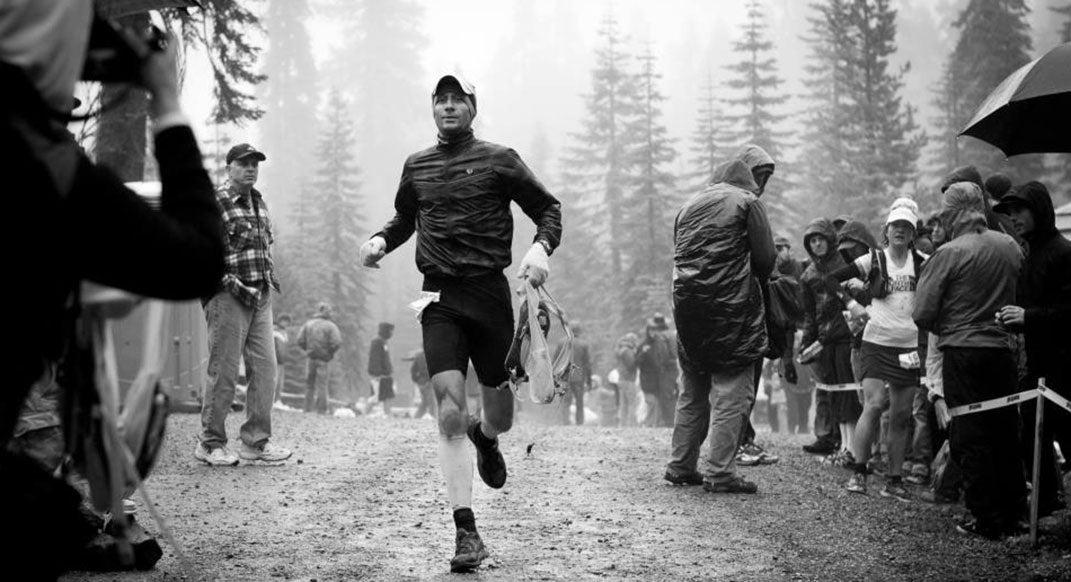What Trail Runners Should Know About Cool-Downs

Everyone’s heard of the cool-down: a couple of easy miles after a workout or a race. It’s as much a staple of running training as the warm-up preceding the same hard effort.
But it’s not as simple as just slowing down at the end of a run. So we asked a couple of coaches—who are pretty quick runners to boot—why they prescribe cool-downs for their runners (and do them themselves), and how they suggest getting the most out of that wind-down time.
Are cool-downs even necessary?
Contrary to popular belief, studies have found no real link between post-workout cool-downs and muscle recovery. So should we even do them?
Simply put, “Yes.”
That’s according to Joe Uhan, a physical therapist who holds a degree in kinesiology and a USA Track & Field coaching certification. But if the recovery-enhancement theory is murky at best, what’s the real benefit? Simple, says Uhan: You’ll just feel better.
“[It] is to gradually ramp down the neuromuscular system,” Uhan says. “Everything we do is neurological, and requires different levels of arousal and activation. Gradual up- and down-ramping of the system is less stressful to the nervous system.” Otherwise, you may end a hard effort feeling faint.
Get the most out of your cool-down
It’s important to approach the cool-down properly, though. Run it too fast, and you may impede recovery. And you don’t need to stick an arbitrary mileage requirement on it, either. It’s more about time and quality.
“There’s a key distinction between a cool-down and just adding junk miles,” says Ian Sharman, a USATF-certified coach, personal trainer and the winner of the Leadville Trail 100 in 2013 and 2015. He defines “junk” pace as “medium-intensity running that is too easy to force … adaptations, but too hard to be effective for recovery.”
(Both Sharman and Uhan hold that a cool-down does in fact have some benefit for recovery, but emphasize that this opinion is rooted in their own experience and practice.)
“Generally even half a mile of warming down is enough, and I wouldn’t recommend more than about two miles,” Sharman continues.
Uhan suggests easing into a cool-down in a structured way, rather than simply hitting the brakes after the hard effort.
“This may even mean, if someone is doing hard sprints, that they do a couple reps at slower but still moderate speed, then moderate run, then slow jog,” he says. For those who keep track of their heart rates, he says, “this may mean going from peak intensity—80 to 100 percent—gradually down to 50-to-60-percent heart rate over the course of 10 to 15 minutes.”
When do you need to do it?
While Sharman says he reserves concerted cool-downs for workouts or races, Uhan suggests putting in some form of a cool-down at the end of every run, even if it’s not a hard effort. (He says the same for leading off with a warmup, which does seem to have a small but noticeable impact on recovery.)
That doesn’t mean you need to add a mile or two to the beginning and end of your run, though.
“This means that a base run—where one might peak out at a seven- or eight-minute mile—may start at 9- or 10-minute pace over the first mile, gradually ramping up to speed,” he says. “The same goes for the end of the run, where the last portion—5 to 10 minutes, or mile to half mile—is also down-ramped to that same, easy pace.”
And while the science hasn’t turned up any recovery benefit to cooling down, it also hasn’t found any downside. So if a bit of relaxed running at the end of a workout makes you feel better or helps you ease back into your day, there’s no reason to stop.